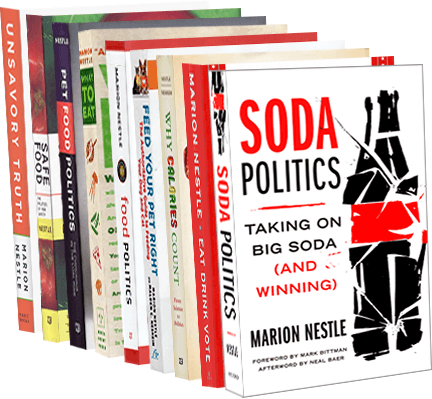FDA hearings on salt
The FDA has just announced that it will be holding public hearings on November 29 to discuss issues related to salt labeling. Right now, the FDA considers salt Generally Recognized as Safe (GRAS) for human consumption but petitions from Center for Science in the Public Interest and other groups are challenging that designation. Should the FDA instead regulate salt as a food additive? How could the FDA best use its regulatory authority to help Americans reduce their salt intake? Expect fireworks at this hearing as the various stakeholders–health advocates vs. industry–weigh in.

